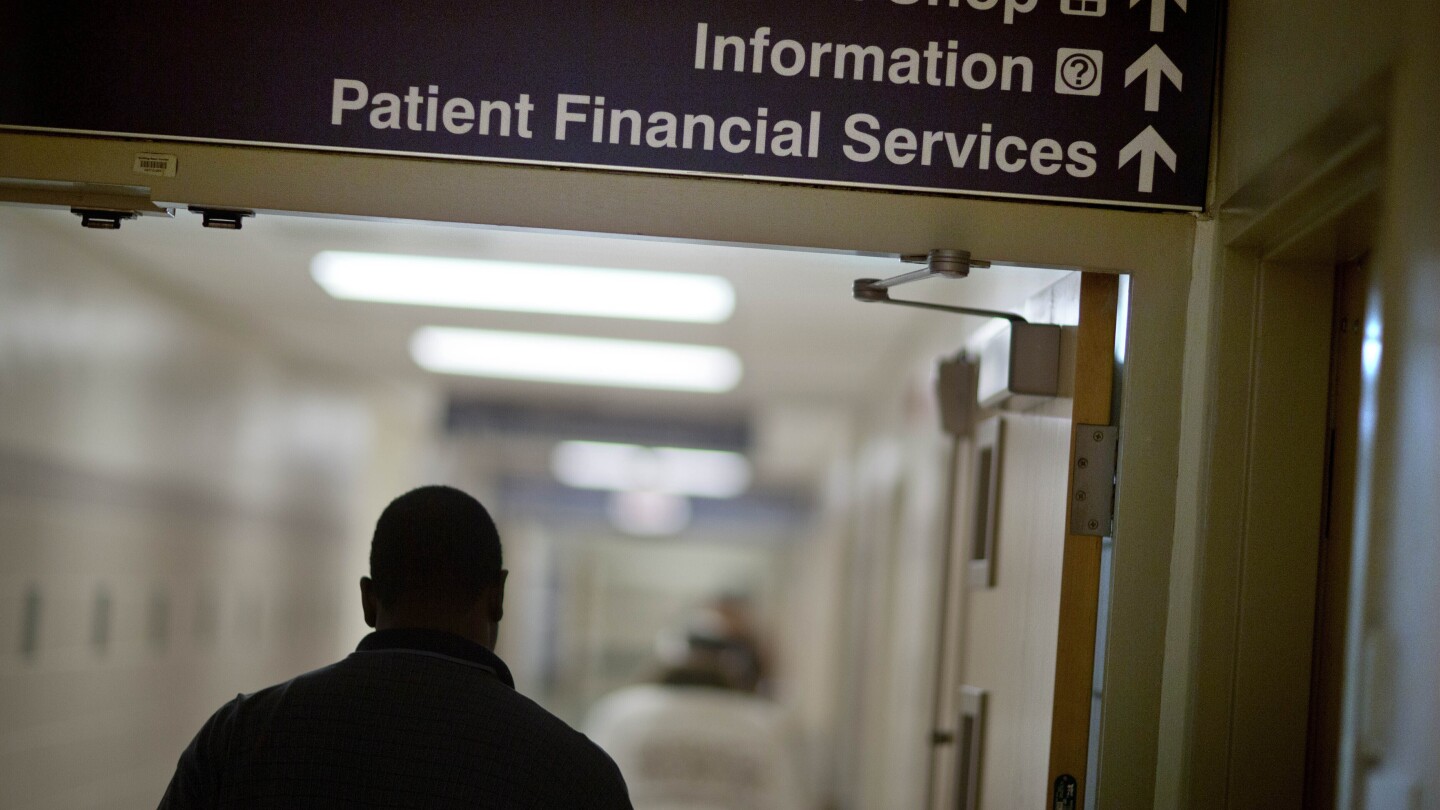Wallet-Wise Health Hack: Conquering Your 2024 Insurance Deductible Maze

As the new year begins, millions of Americans with high-deductible health insurance are confronted with a challenging financial hurdle. These insurance plans come with a stark requirement: patients must first pay a substantial out-of-pocket amount before their insurance coverage kicks in, leaving many struggling to manage their healthcare expenses.
The start of each calendar year brings a reset of annual deductibles, which can range from a few hundred to several thousand dollars. This means that individuals and families must dig deep into their savings or carefully budget for potential medical costs before their insurance begins to provide meaningful financial protection.
For many, this annual deductible reset creates a significant barrier to accessing healthcare services. Patients often find themselves postponing necessary medical treatments or avoiding routine check-ups due to the immediate financial burden, potentially compromising their overall health and well-being.
The high-deductible model continues to challenge Americans' ability to receive timely and affordable healthcare, highlighting the ongoing complexities of the nation's health insurance landscape.

